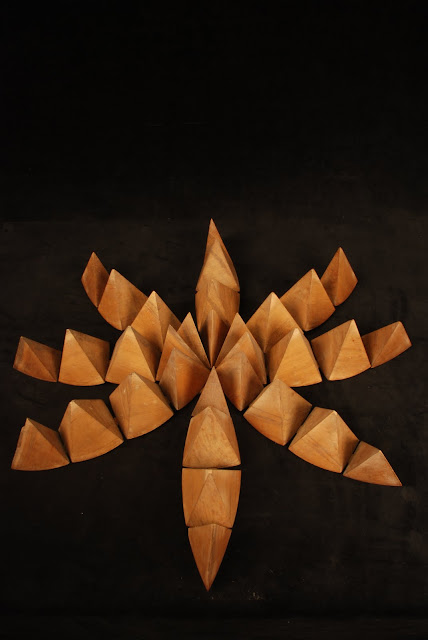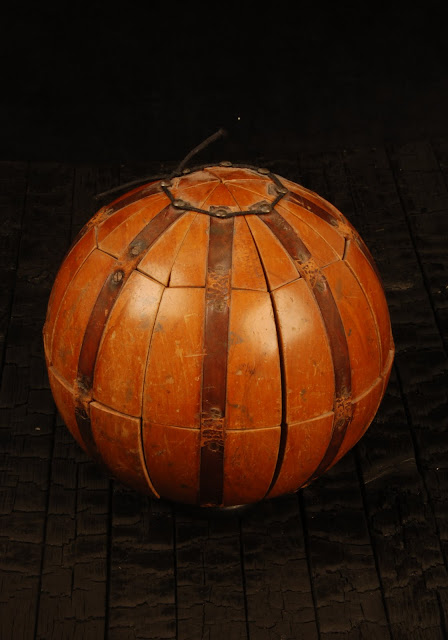Here, and in the installments to follow, are objects of mystery and beauty which for one reason or the other linger on my mind.
When doing calligraphy it can be daunting sitting in front of the potential of the large sheet of white paper, and the meditative ritual of slowly grinding the ink before one writes with the infinite in front of you can be calming. The faintly sweet scent, the slight friction of the stone, the slippery wet ink pooling into a reflective black mirror.
For Object Number One I chose this Chinese ink cake in the form of the cruxifiction of Christ. A solid block of ink that ground with a little water can be reconstituted into ink. In Chinese culture the brush, ink cake, paper and ink stone are traditionally thought of as the Four Treasures of the Scholar’s Studio, (Chinese: 文房四寶pinyin: fáng sì bǎo). The ink cake (Chinese: 墨 pinyin: mò) is both a functional as well as a decorative object. The cake consists of compressed soot and animal glue used as a binder. Medicinal herbs, incense and oils which help preserve and add aroma to the ink when it is ground, are also commonly added.
The process of making ink cakes is very laborious. Soot is collected from the burning of numerous covered oil lamps. It is scraped off the lid of the lamps and mixed with the binder and aromatic ingredients and kneaded like dough for a long time. It is then pressed into a wood mold and allowed to slowly dry for weeks or months. The finished cake can then be further decorated with color or gold leaf. If properly processed and in the correct proportions the ink cake will become quite hard and resilient, lasting for centuries without fading or cracking. Besides being extremely stable and easier than liquid ink to store and transport, the ink cakes provided an opportunity to make a decorative object.
While most ink cakes were molded with decorative motifs or into auspicious shapes and some were made as commemorative objects. This example is very unusual for its surreal mix of a traditional Chinese art form with the relatively rare Western inspired subject. Christianity has an extremely long history in China, but always represented a very small minority and was generally distrusted by the court, leading one to presume this example was commissioned by a church or one of the clergy.





















 The recreated studio of Constantin Brancusi adjacent to the Pompidou at the Atelier Brancusi.
The recreated studio of Constantin Brancusi adjacent to the Pompidou at the Atelier Brancusi.
















